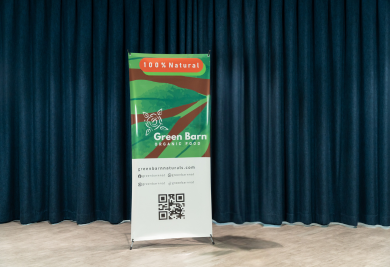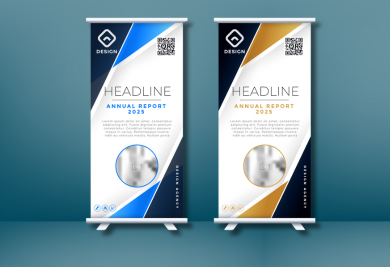Now I can already hear you asking “What in the world is PDF-X1a ?!”. Let me help you with that, and explain why it is actually an important format that you should be using for printing. As you might have guessed from its name, the PDF-X format family is a subset of the ISO standard PDF format. It was created specifically to facilitate graphics exchange, which means it includes a series of print-related requirements that basic PDFs do not include. All in all, the sub-format exists to ensure that there are no discrepancies in the rendering and printing of graphics files.
If you have taken a look at our blog on why pdf is needed for printing and read some of our previous blog posts, you know how important it is for the final quality of prints to respect artwork requirements. That is why PDF-X1a forces you to properly set up some print-related settings before saving.
For starters, all the fonts in your artwork need to be embedded in order to save the file. This is crucial for cross-device compatibility. Refer to our blog post on converting fonts to curves (the process we called creating outlines), to understand how and why you need to do this.
PDF-X1a:
In addition, you will only be allowed to save in the PDF-X1a format if all images and colors are set to CMYK. Find out on our dedicated blog article why that is crucial.
Finally, various boxes must be defined as well to be allowed to save the file as PDF-X1a.
-
MediaBox - MediaBox is to define the size of the entire documents
-
ArtBox - Artbox is the define as printable area, which is same with artboard in Adobe Illustrator
-
Bleedbox - This is the bleed area when we start setting up and artwork, it is between the MediaBox and ArtBox. Read our blog post on bleed and margins in your artwork file to understand why bleed is important in printing.
-
TrimBox - Defines the intended dimensions of the finished page after trimming.
To make it more understandable, we have included an infographic to explain these terms better.
In the end, saving your artwork in the PDF-X1a standard ensures that some basic printing requirements are fulfilled to ensure compatibility as well as reliable and true printing.
To save your artwork-pdf under the X1a standard, have a read through this (short) tutorial that we wrote on PDF-X1a
You might find this quite technical post slightly boring, but we encounter our fair share of artwork-related printing problems that could be avoided. We therefore consider it crucial to share the importance of correctly setting up print files. This is absolutely necessary if you want your artwork file to be correctly represented by the prints we provide. And if you’re going to create artwork files anyways, might as well do it by the book!
Thanks for the attention!




















